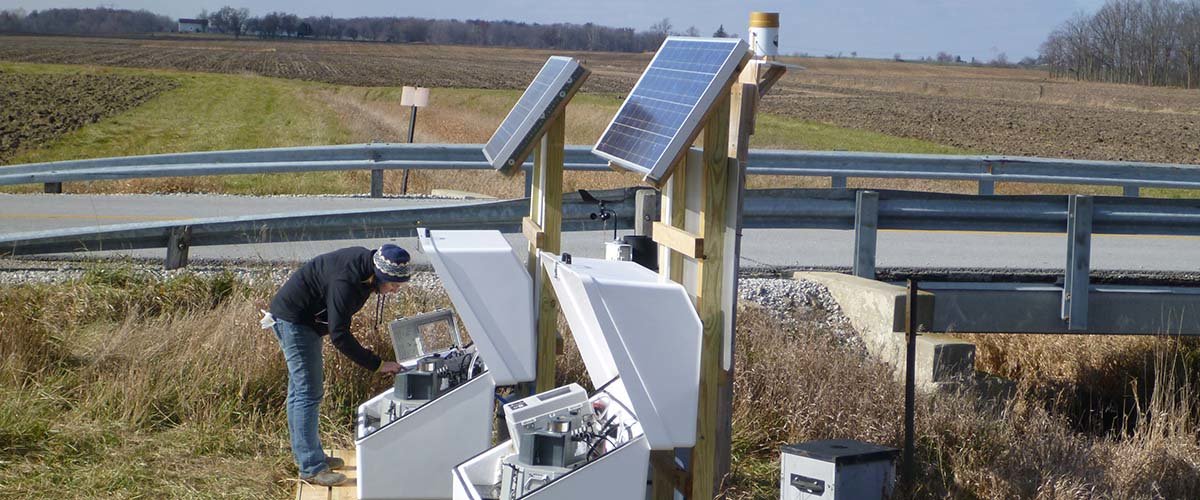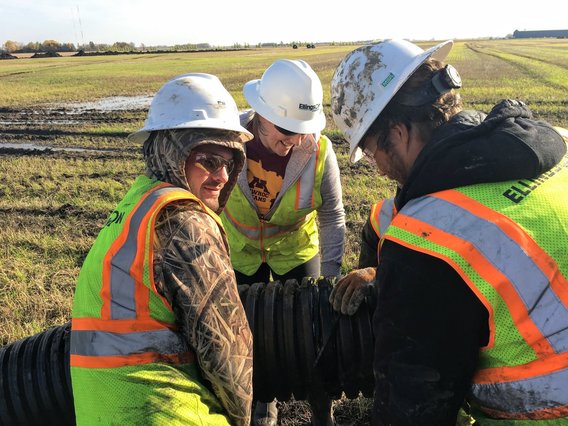
Protecting Minnesota's water resources and our agriculture industry

Lindsay Pease, PhD, has seen the fallout that happens when nutrient and water resources aren’t properly managed, and it drives her work at the University of Minnesota today.
During the Toledo Water Crisis, nearly half a million people lost access to drinking water because excess phosphorus in Lake Erie allowed toxic algae to prosper and jeopardized the water supply. While several factors contributed to the high levels of phosphorus in the water, the agriculture industry was largely blamed for the water crisis.
“I saw my family and friends lose their access to freshwater in Toledo, Ohio in 2014 - and the backlash that Ohio agriculture experienced as a direct result of that,” Pease explains. “It motivates my work in Minnesota today.”
As a CFANS Assistant Professor and Extension Specialist in Nutrient and Water Management at the Northwest Research and Outreach Center in Crookston, Lindsay Pease is in a position to prevent situations like what happened in Toledo from playing out in Minnesota.
Her position is part of Minnesota’s Agricultural Research, Education and Extension Tech Transfer (AGREETT) program. AGREETT positions are dedicated to growing the University of Minnesota’s capacity to reach farmers across the state with research, data and innovations — in Pease’s case innovations that will protect our state’s water resources as well as our state’s thriving agriculture industry.
Her research is developing nutrient and water management strategies that are effective in cold climates. She’s researching ways to adapt tools like 4R nutrient management, subsurface drainage and irrigation, bioreactors, and cover crops for northwest Minnesota. It sounds simple enough, but with long winters and short growing seasons, cold climates present unique challenges.
“Management that works for sustainable agriculture elsewhere in the US, or even elsewhere in Minnesota, doesn’t necessarily work here,” she explains. “The long winter and short growing season really limits the options that farmers have to make soil management decisions from year-to-year. It has pushed me to think creatively about how to apply and adapt different management strategies for northwest Minnesota.”
Equally as important, she’s providing farmers with strategies to make management decisions that conserve and protect resources — something that benefits all of Minnesota.
“I work with farmers to be the best land stewards they can. Not only to protect our freshwater resources, but also to protect Minnesota from experiencing the division and animosity that I witnessed in Ohio.”
Hero Image photo credit: USDA-ARS. Headshot photo from lindsay pease. Drainage photo credit: Mike Enright of Ellingson Drainage.







